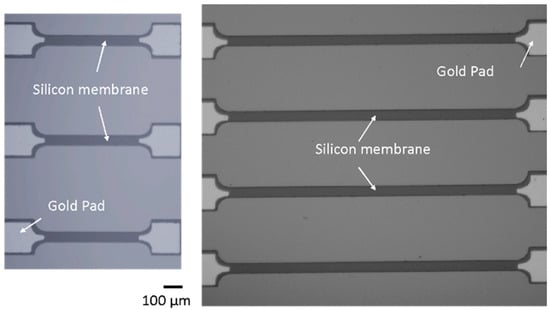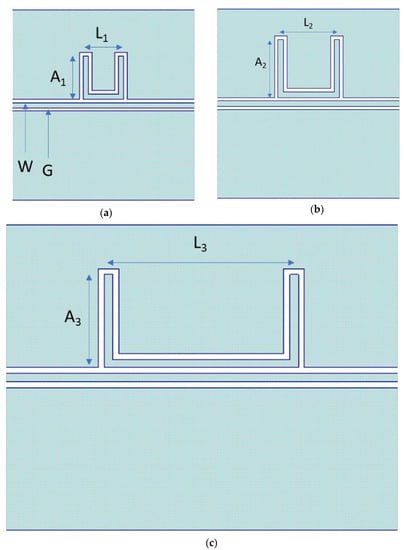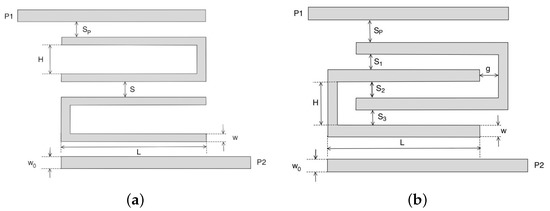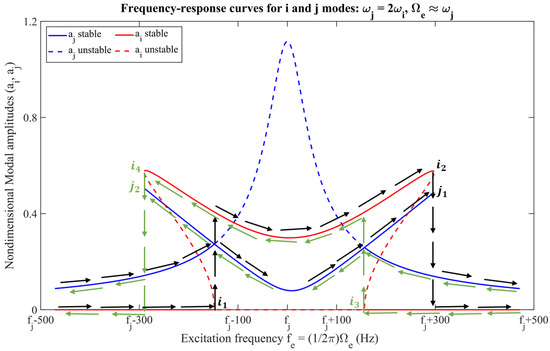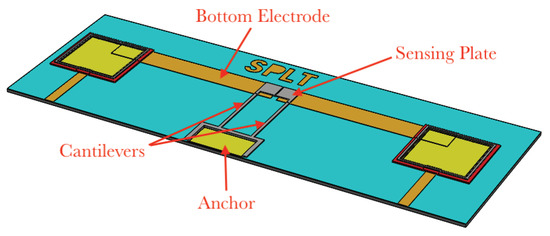Next Generation MEMS: Design, Development, and Application
A topical collection in Sensors (ISSN 1424-8220). This collection belongs to the section "Physical Sensors".
Viewed by 13289Editors
Interests: integrated circuit; VLSI; MEMS; piezoelectric films
Special Issues, Collections and Topics in MDPI journals
Interests: materials and processes for micro and nano-fabrication; chemical sensors and physical sensors; electronic nose and electronic tongue; micro-nano-biosystems and MEMS/NEMS devices (bio-MEMS, RF MEMS, power MEMS); microfluidic components; biomimetic and artificial systems, biosensors, drug delivery, lab-on-chip and organ on chip wearable and implantable devices for personal care; health-care and telemedicine sensor arrays; micro-TAS ed integrated smart systems (on needle, on fiber, etc.) sensors; microsystems, multisensing systems and wireless sensors network integrated in common objects (smart objects) and in living situation for applications in biomedicine; security; quality of life; invironment; agro-food; transport; ambient assisted living and ageing society
Special Issues, Collections and Topics in MDPI journals
Interests: CMOS microsystems; RF/analog/digital circuits; neuro-/biomedical- instrumentation and wearables; bio-/neuro-/RF- MEMS; biological-/chemical- sensing; nano-/bio- materials
Special Issues, Collections and Topics in MDPI journals
Topical Collection Information
Dear Colleagues,
Micro/nanoelectromechanical systems (MEMS/NEMS) are the micro/nanoscale integration of sensors, actuators, electronics, and other devices. The MEMS area has become very broad and includes mechanical, optical, thermal, magnetic, chemical, or biological systems, with applications such as inertial MEMS, medical and BioMEMS, RF MEMS, power MEMS, etc. The electronics help to provide control, detection, signal processing, and transmission. Over the past several decades, MEMS has steadily replaced bulky sensors in various areas, including consumer electronics, automotive, and telecommunications due to their low cost, small footprint, good performance, and low power, so well suitable for smart systems integration. The future MEMS are expected to be extremely precise, highly reliable, and self-repairable to penetrate emerging markets such as space exploration, medical devices, quantum computing, autonomous vehicles, energy, and hypersonics.
This topical collection solicits review and original articles that report on the development of next-generation MEMS/NEMS at different levels of abstractions. At the physical level, mechanically superior materials and transduction mechanisms are being actively researched, while at the device level, sensitive and reliable multifunctional MEMS sensors and actuators are constantly being devised. In addition, energy-efficient and low-noise microchips are crucial to produce high-performance MEMS at the circuit level. Finally, we also welcome articles that address practical issues such as packaging of MEMS for niche environments such as human body implants, wearable devices, personalized and precision medicine, extreme operational environment, hypersonics, etc.
Dr. Faisal Mohd-Yasin
Prof. Dr. Pietro Siciliano
Prof. Dr. Vamsy Chodavarapu
Collection Editors
Manuscript Submission Information
Manuscripts should be submitted online at www.mdpi.com by registering and logging in to this website. Once you are registered, click here to go to the submission form. Manuscripts can be submitted until the deadline. All submissions that pass pre-check are peer-reviewed. Accepted papers will be published continuously in the journal (as soon as accepted) and will be listed together on the collection website. Research articles, review articles as well as short communications are invited. For planned papers, a title and short abstract (about 100 words) can be sent to the Editorial Office for announcement on this website.
Submitted manuscripts should not have been published previously, nor be under consideration for publication elsewhere (except conference proceedings papers). All manuscripts are thoroughly refereed through a single-blind peer-review process. A guide for authors and other relevant information for submission of manuscripts is available on the Instructions for Authors page. Sensors is an international peer-reviewed open access semimonthly journal published by MDPI.
Please visit the Instructions for Authors page before submitting a manuscript. The Article Processing Charge (APC) for publication in this open access journal is 2600 CHF (Swiss Francs). Submitted papers should be well formatted and use good English. Authors may use MDPI's English editing service prior to publication or during author revisions.








